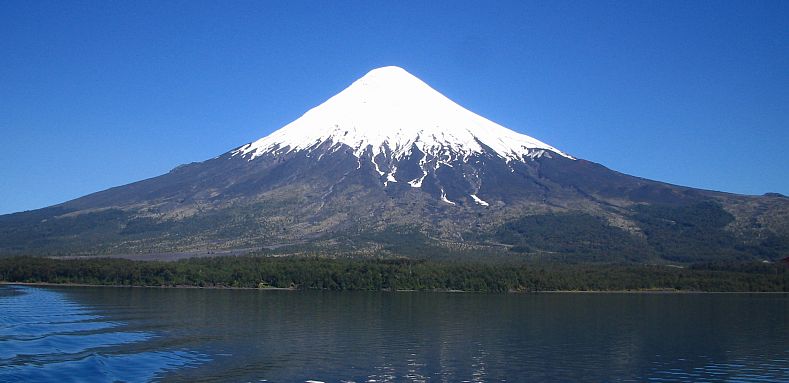Volcanic Mountains

The purpose of this article is to discuss the formation of volcanic mountains. For information on the characteristics of different volcano types, different kinds of eruptions and volcanic dangers, such as lahars, pyroclastic flows and so on,
see Volcanoes.
OK, with all of that out of the way, let's get started. All volcanoes form from an expulsion of materials from deep within the earth in the form of enormous amounts of lava or cinders which pile up on the earth's surface, forming a mountain.
A recent witnessed example of a volcano being born was the spectacular event that began on February 20, 1943, when a farmer's cornfield in Mexico suddenly began to erupt. By the second day, the cone had risen to 100 feet (30.5 m.). By two weeks it was 450 feet high (137 m.), and when the eruptions finally ceased in 1952 the cone had risen to 1,350 feet (411 m.).
The nearby villages of Paricutin and Parangaricutiro had been completely buried under debris from the new volcano. Lava flows extended six miles from the crater and all vegetation for miles around had been choked out from the accumulations of dust and rock. The volcano itself was named Paricutin from one of the nearby villages it destroyed.
Many of the world's great mountains were formed by volcanism, such as
Kilimanjaro in Africa
and
Mount Fuji in Japan.
Return to Mountain Formation from Volcanic Mountains



